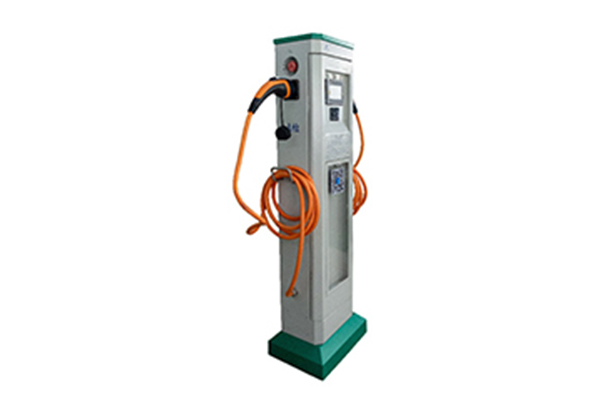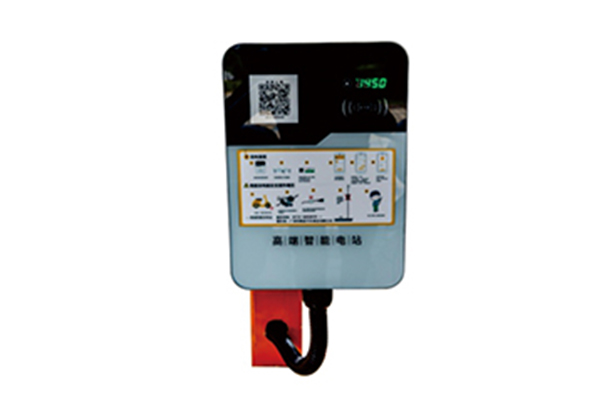Nanchong private car charging pile model
In order to popularize the application in any industry, it is essential to continuously reduce the cost. This is especially true for photovoltaic enterprises that are still in the cold winter. Photovoltaic power generation was once very expensive, but driven by economies of scale, the cost of photovoltaic power generation has been declining in recent years, and now it is very close to parity. All this depends on the continuous innovation of photovoltaic technology. Theoretically, a 1 square meter sunlight exposure surface can generate 1000 watts of energy at most. If you want to increase the total reception of existing solar panels, you must focus the light, which will cause the panel to burn out due to excessive temperature.
Nanchong private car charging pile model
Miao Wei, minister of the Ministry of Industry and Information Technology, said at the China Electric Vehicle Hundred Talents Forum (2018) that the current vehicle to pile ratio of 3.5:1 across the country still cannot meet consumers' demand for charging. With the continuous growth of the number of new energy vehicles, the problem of insufficient structural supply of charging infrastructure has become increasingly prominent, and the overall scale is still lagging behind. In 2020, China plans to build about 500000 public charging piles. However, compared with the annual production and sales of 2 million vehicles and 5 million vehicles in the 2020 plan, the number of charging piles still does not match, and the vehicle pile ratio even tends to deteriorate. In addition, the layout of charging facilities in China is also not reasonable. The utilization rate of public charging piles is less than 15%. A sustainable business development model has not yet been formed. There is still a two-way contradiction between operating enterprises' profitability difficulties and consumers' high charging prices.

Nanchong private car charging pile model
The country attaches great importance to the development of new energy vehicle charging equipment, and all regions will naturally increase efforts to promote development. Taking Nanning as an example, it is estimated that by 2020, there will be about 21550 new energy vehicles in Nanning. In order to meet the charging needs of the majority of car users, by 2020, Nanning will need nearly 20000 charging poles and nearly 100 charging stations. At present, the development of electric vehicle public charging equipment in Nanning is still in the primary stage. At present, the number of electric vehicles and the number of charging piles are seriously unbalanced, and the phenomenon of vehicles without piles and piles without vehicles occurs from time to time. The main reason is that the all smart service platform has not been built yet and needs further improvement.
Nanchong private car charging pile model
Intelligent product: compared with traditional fuel vehicles, what is the core competitiveness of new energy vehicles? Intelligence seems to be the accepted answer. The reporter's visit found that more and more new energy vehicle enterprises have built a service system for the whole process of users' purchase and use of vehicles through the digital platform, and improved the digital life and after-sales service in the vehicle. From the perspective of configuration and performance, the new energy models of the three enterprises visited by the reporter have been able to achieve multiple functions such as car control, service and social networking with the help of the car machine system and APP, and the software upgrade and function iteration optimization can also be carried out after the car is sold, so as to realize the constant use and freshness of the car.
Nanchong private car charging pile model
There are four main pain points: A. Battery standardization is too difficult. The separation of vehicle and electricity first requires the standardization of power batteries, BMS standardization, interface standardization, and software management standardization. Any vehicle upgrade must be compatible with the previous generation of products. Battery standardization is too difficult. Every car company wants to make its own electricity exchange standard. It is unrealistic for so many car companies to unify. B. The investment is large and the cost is high. The replacement of power needs to lay a large network, and the investment scale is far greater than charging. Build a power exchange network for a city to provide special tram exchange services. The cost can be recovered only after at least 6-8 years or even more. C. The deflagration hazard of the power plant is large, and the safety hazard is huge. D. It is difficult to improve the customer experience.

Nanchong private car charging pile model
Both the mileage and the number of charging posts have made great progress over the previous years. According to the reporter, at present, the driving range of the mainstream models of new energy vehicles and passenger vehicles in China has reached more than 300 kilometers, which is in line with the international advanced level. The energy density of the single power battery of the leading enterprise has reached 2 watt hours per kilogram, and the price has reached 1.2 yuan per watt hour. These two indicators have respectively increased by two times and decreased by 70% compared with 2012. At the same time, the construction of charging network is progressing steadily, and the coverage of public places, residential quarters, internal units, highways and other major places is increasing significantly. By the end of 2017, 214000 public piles had been built nationwide, an increase of 51% year on year, ranking first in the world in terms of ownership, and the installation rate of new users' private piles exceeded 80%.











